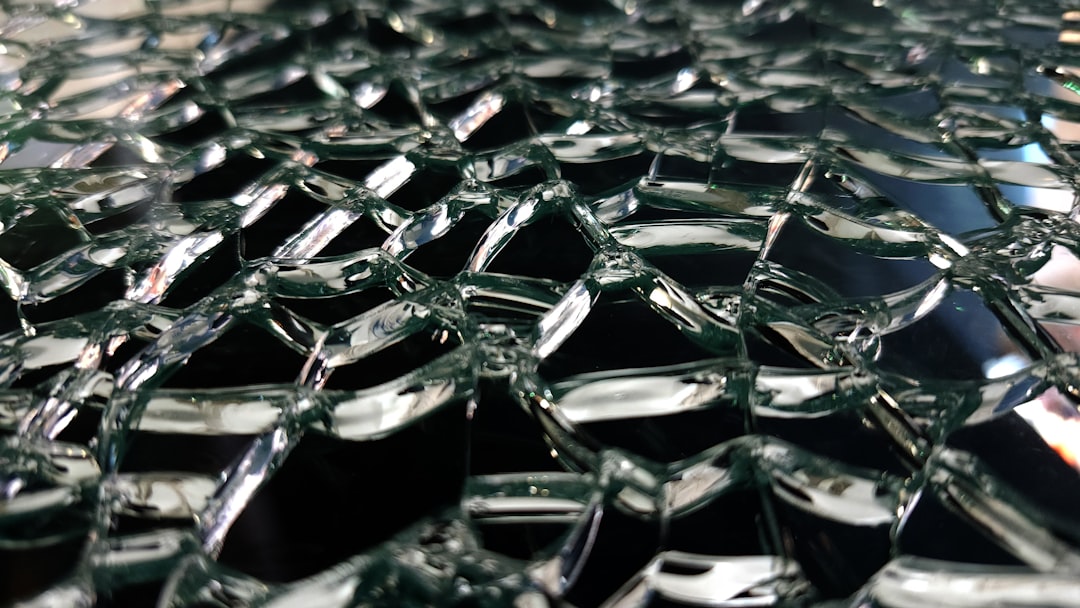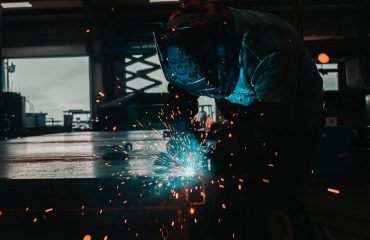The steel industry, a cornerstone of modern construction and manufacturing, is constantly seeking ways to improve the performance and longevity of its products. Enter nanotechnology, a field offering groundbreaking solutions to enhance steel’s properties through innovative surface treatments. This blog post delves into the exciting world of nanotech in steel surface treatments, exploring its various applications, benefits, and the future it holds.
1. Understanding the Fundamentals of Nanotech in Steel Surface Treatment
Nanotechnology, at its core, involves manipulating materials at the atomic and molecular level (1-100 nanometers). In the context of steel, this translates to applying extremely thin coatings or modifying the surface structure using nanoparticles or nano-structured materials. These modifications can dramatically alter the steel’s surface properties, leading to improvements in various aspects like corrosion resistance, wear resistance, hardness, and even aesthetic appeal. Common nanomaterials used include nanoparticles of metals (e.g., silver, zinc, copper), metal oxides (e.g., titanium dioxide, alumina), carbon nanotubes (CNTs), and graphene. These materials are incorporated into coatings, often through techniques like sol-gel processing, chemical vapor deposition (CVD), physical vapor deposition (PVD), and electrophoretic deposition.
2. Enhancing Corrosion Resistance with Nanocoatings
Corrosion is a significant concern for steel structures, leading to costly repairs and replacements. Nanotechnology provides effective solutions by creating barrier coatings that prevent corrosive agents from reaching the steel surface. For example, nano-structured ceramic coatings like titanium dioxide (TiO2) and zinc oxide (ZnO) offer excellent corrosion resistance due to their dense and impermeable nature. Furthermore, the incorporation of nanoparticles of corrosion inhibitors, such as cerium oxide, within the coating matrix can further enhance protection. These nanocoatings can be applied to various steel components, from bridges and pipelines to automotive parts and marine structures, significantly extending their lifespan.
3. Improving Wear Resistance through Nanostructured Surfaces
In applications involving significant friction and wear, such as engine components, cutting tools, and molds, the durability of steel is critical. Nanotechnology allows for the creation of highly wear-resistant surfaces through techniques like nano-indentation and laser surface modification. These methods can alter the surface microstructure, creating a harder, more resistant surface layer. The addition of nanoparticles like tungsten carbide or silicon carbide within the steel matrix during manufacturing can further enhance wear resistance. These nanostructured surfaces exhibit superior performance compared to traditional steel, resulting in longer tool life and reduced maintenance costs.
4. Strengthening Steel with Nanomaterials: Enhanced Mechanical Properties
Beyond corrosion and wear resistance, nanotechnology can also improve the overall mechanical properties of steel. The incorporation of carbon nanotubes (CNTs) or graphene into steel matrices can significantly enhance its strength and stiffness. These nanomaterials act as reinforcing agents, improving the load-bearing capacity and preventing crack propagation. The resulting nanocomposite steels exhibit superior tensile strength, yield strength, and fatigue resistance compared to conventional steel, making them ideal for high-performance applications in aerospace, automotive, and construction industries. Research is ongoing to optimize the dispersion and alignment of these nanomaterials within the steel matrix for maximum effectiveness.
5. The Future of Nanotech in Steel Surface Treatments: Emerging Trends and Challenges
The field of nanotechnology in steel surface treatment is constantly evolving. Emerging trends include the development of self-healing coatings that automatically repair minor scratches and defects, thus prolonging the protective effect. Furthermore, research is focusing on creating multifunctional nanocoatings that provide multiple benefits, such as corrosion resistance, wear resistance, and even antimicrobial properties. However, challenges remain, including the cost-effectiveness of large-scale production of nanocoatings, the potential environmental impact of nanomaterials, and the need for robust quality control measures to ensure consistent performance. Overcoming these challenges will unlock the full potential of nanotechnology in revolutionizing the steel industry.
The application of nanotechnology in steel surface treatments represents a significant advancement in materials science. By enhancing corrosion resistance, wear resistance, and mechanical properties, nanomaterials are transforming the performance and lifespan of steel components across various industries. As research continues and technological barriers are overcome, the future promises even more innovative applications of nanotechnology in the world of steel.
Tags: Nanotechnology, Steel Surface Treatment, Nanocoatings, Corrosion Resistance, Wear Resistance




